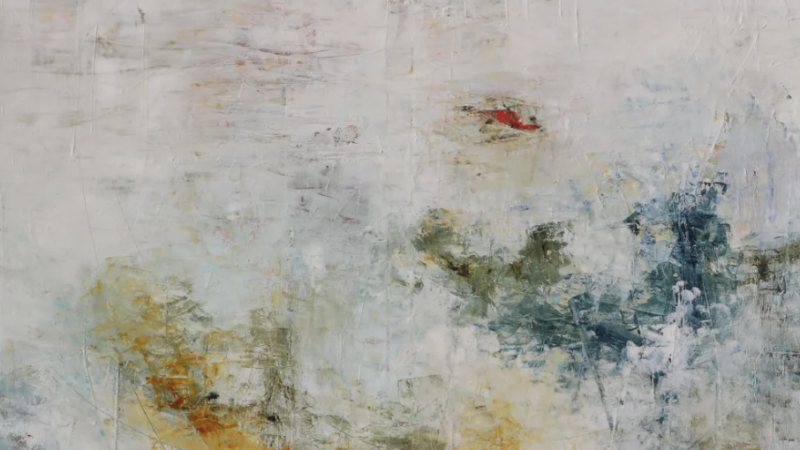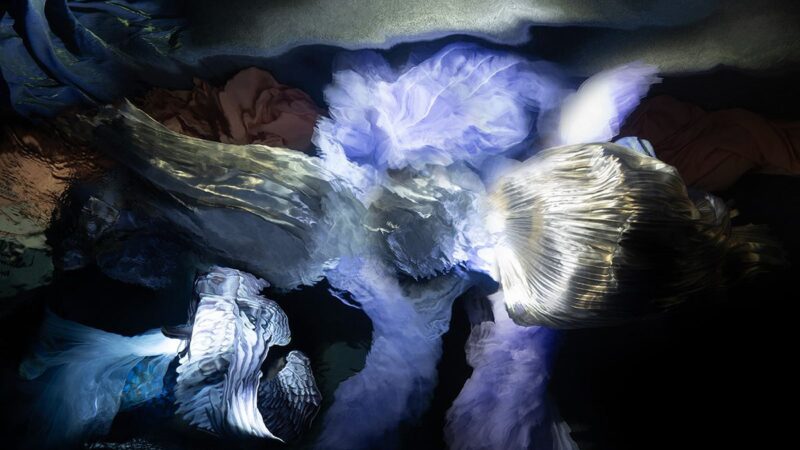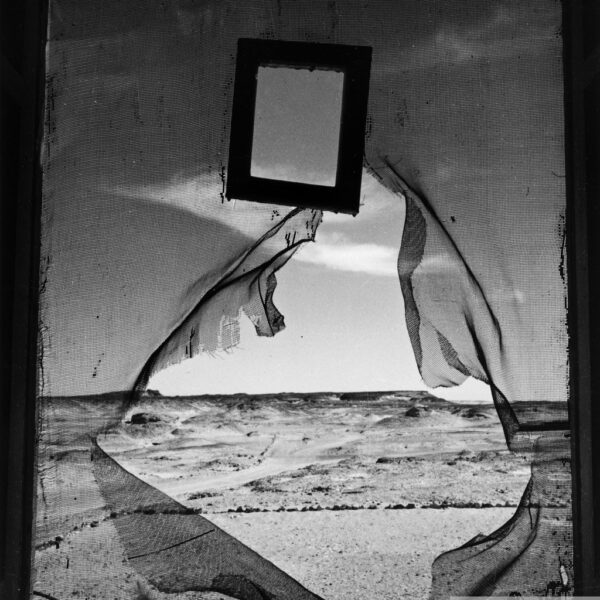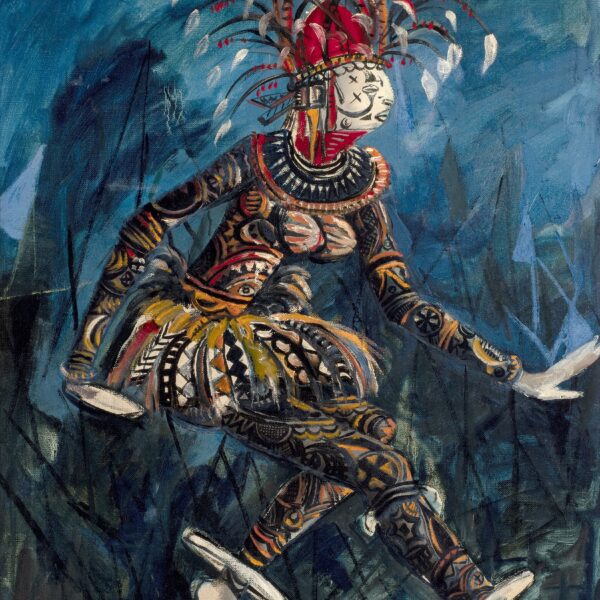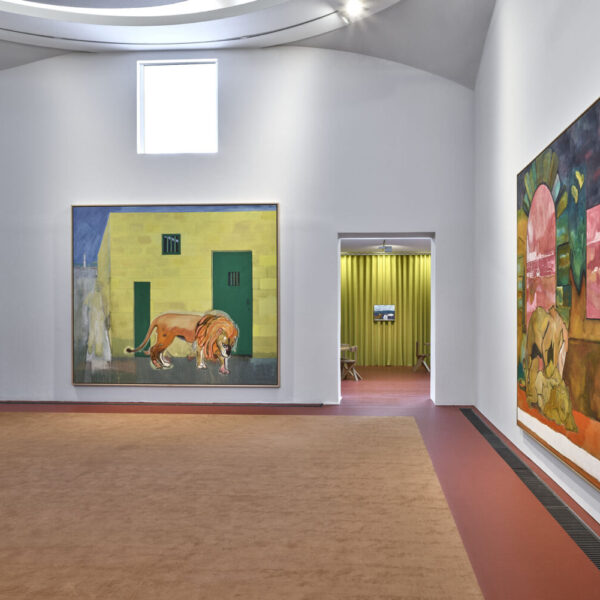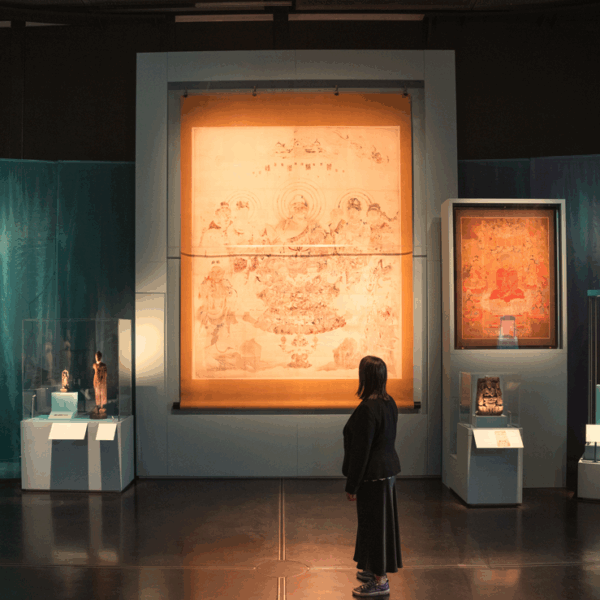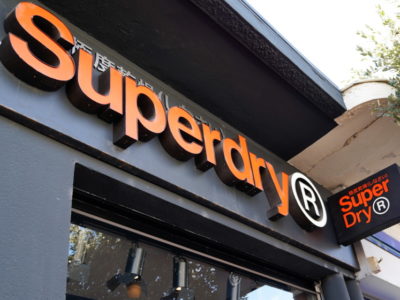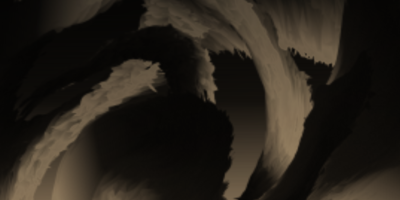THE CRAFT
John-Michael O’Sullivan meets LOU DALTON at her studio on the edge of Spitalfields, finding her perfectly at ease with her place in the location’s rich tailoring lineage.
Lou Dalton’s workspace is tucked into the middle of a nineteenth-century furrier’s workshop on Spelman Street, at the point where the neatly-stacked, dark-brick Huguenot townhouses of Spitalfields topple into a scattered no-man’s land of shuttered lock-ups and stunted housing blocks. A hundred years ago, it was the teeming heart of the East End’s Jewish ghetto – a ramshackle backstreet whose census returns were littered with the names of immigrant weavers and leatherworkers, garment pressers and finishers. Women like Rebecca Kowaltsky, a Polish teenager employed to sew buttons for a gentleman’s tailor in 1911: or the Russian apprentice Clara Abramowitz, who slept in the same crowded tenement as her employer’s large family: or Northerners like Susanna Willoughby, a seamstress who ended her days alone in the cold comfort of the Whitechapel workhouse, her once-skillful hands paralysed by rheumatism after a lifetime of labour.
Today, the workshop’s heavy casement windows look across the courtyard at the Sibling team’s knitwear studio, whilst round the corner Hamish Morrow’s massive desk is tucked away behind a corridor lined with ordered piles of cartons bulging with fabrics and spools of thread. Sat with Dalton in her whitewashed, softly mellowed room, it’s hard not to picture those same casement windows filled by the silhouettes of women tailors of a bygone age, hunched over their intricate, eyesight-draining labour and huddling close to the unreliable flare of gaslight. It’s hard, too, not to compare the two worlds; look at any young London designer’s Twitter feed these days, and the grind of heartbreakingly long hours, and piecemeal, haphazardly strung-together jobs, and dismally uncertain prospects feels numbingly familiar.
But the industry itself has changed, and changed utterly. Conceptualism trumped craft long ago, and London’s become known more for the adrenaline charge of provocative catwalk theatrics than for the stout quality British design once embodied. So those entering fashion swarm straight for the moth-flame of the hero designer role, whilst – in parallel – the once-invincible machine which fuelled British manufacturing continues its’ slow decline, and the rich legacy of artisan skill which formed its’ foundation threatens to disappear entirely. It’s a yawning imbalance which Sarah Burton has bemoaned of late, in an interview with the New York Times’ Cathy Horyn, which highlighted the invisible mastery (and dwindling numbers) of the tailors, pattern-cutters, embroiderers and finishers whose graft underpins the McQueen label’s spectacular constructions. And it’s ironic that – at a time when ‘Made in Britain’ has become a badge of honour, the act of making itself is facing extinction.
It’s a topic which clearly stings Dalton; hired by a local tailor in Market Drayton at sixteen, she spent three years mastering the disciplined reality of cutting and sewing traditional menswear – a hard-earned foundation lies beneath the unshowy, quietly eloquent network of seams and panels which form her garments. Cradling a mug of cooling tea, she talks with unsentimental passion and a despairing honesty of the disappearance of classic skills, of once-proud trades desperate for injections new blood, and of an industry whose roots are slowly fraying apart.
I’ve seen Dalton’s summer collection three times: first, a sparse selection blocked into chunks of navy, ivory and khaki in a Marais showroom: the second time, on a London catwalk, expanded into a euphorically graceful dialogue between romance and rage: and finally, in her studio, packed into pristine plastic for dispatch, the simple shapes scarred with slashed denim and pristine broderie anglaise (a technique imported to England by those same artisan tailors, almost two centuries ago). And each time I’ve been struck anew by the same sense of muted, compellingly executed grace – a reflection of the designer’s passion for the quiet dignity, and intimate physicality, of the medium of cutting and sewing itself.
FIELD NOTES
1. Founded back in 2005, Dalton’s menswear label started out life as the snappily titled LouD.
2. After graduating from the RCA, she spent a year in Italy working on collections for the likes of Stone Island and Iceberg, before stints at Hamish Morrow and Charlie Allen back in the UK.
3. Emily Bronte’s Heathcliff is an enduring muse for Dalton – the eternal, violently conflicted outsider, seething with love and hate. Fellow Northerner David Hockney – a far more quietly subversive rebel – is another.


